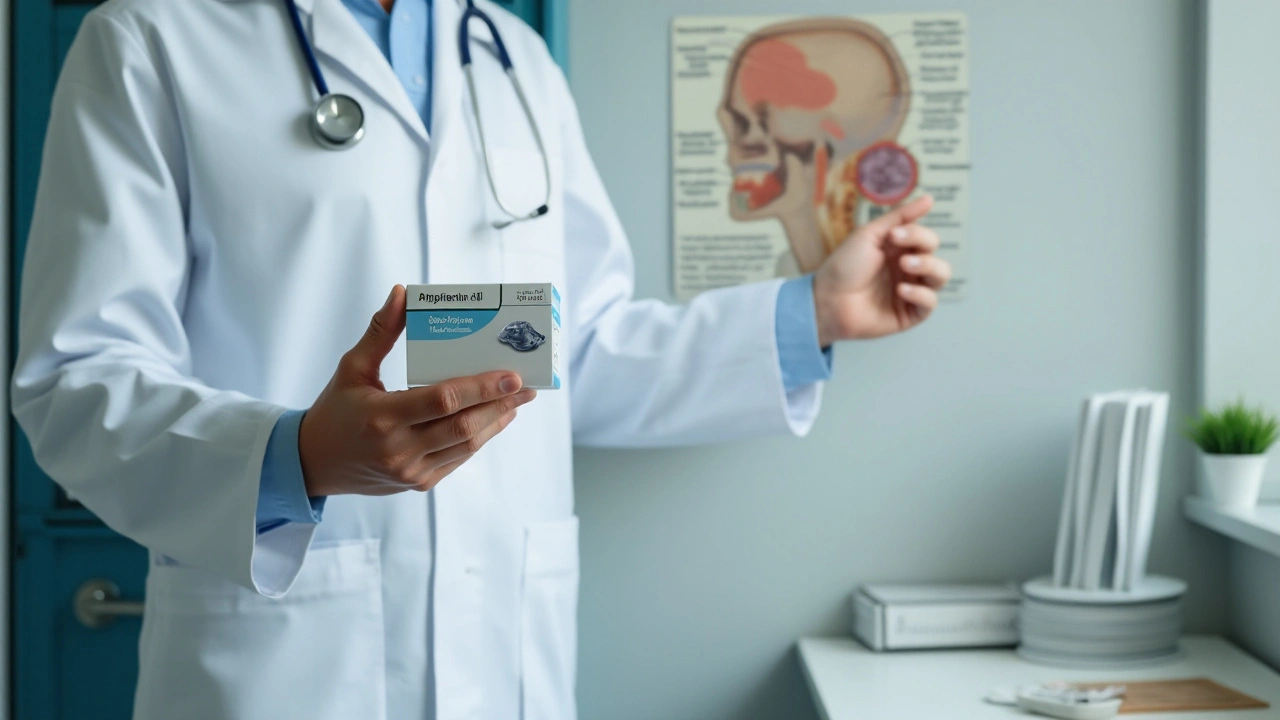Ampicillin: What to Know, How to Use, and Online Safety Tips
If you think antibiotics, ampicillin is one that pops up a lot—especially for anything from a sinus infection to more serious bugs. It’s a classic prescription, trusted for decades, and comes in pill, liquid, or injection form. But here’s the thing: if you know how it works, when to use it, and what to expect, you’ll have a much smoother ride.
So, what does ampicillin really do? It fights bacteria by blocking their ability to build cell walls. That means it kills harmful bacteria fast, but only the kind that’s actually sensitive to it. Docs use ampicillin for infections ranging from bladder and ear ones, to strep and some stomach bugs. Don’t expect it to work on colds or flu—antibiotics are useless against viruses.
Most people want to know: what are ampicillin’s side effects, and should I be worried? Here’s the deal: upset stomach, diarrhea, and mild rash happen pretty regularly. The really bad reactions—like trouble breathing or severe skin rashes—are rare but serious. If anything feels off, call your doc right away. Don’t try to tough it out if you get hives or notice swelling.
Dosing is usually several times a day, and it’s smart to take it on an empty stomach for best results. Food can mess with how it’s absorbed, so try to take it one hour before or two hours after meals. Miss a dose? Take it as soon as you remember, unless it’s almost time for your next one. Then just skip the missed dose—no doubling up.
Getting antibiotics online is way more common now, but you need to watch out for fakes and unsafe sources. If you’re thinking about buying ampicillin from an online pharmacy, only use sites that ask for a prescription and have clear safety info. Check for customer service and real pharmacy contact details, not just a flashy checkout page. Bad ampicillin can mean no results or even worse—dangerous health risks.
Don’t stop taking ampicillin early, even if you feel better after a couple of days. Cutting it short can cause the infection to bounce back and make things harder to treat next time. Always finish the full course unless your doctor tells you otherwise.
Ampicillin mixes badly with some other meds—like blood thinners and certain vaccines—so let your healthcare provider know what else you’re taking. If you’ve got allergies to penicillin or other antibiotics, steer clear and get a different prescription.
Want more specifics about antibiotics, side effects, or buying ampicillin safely online? Check out articles from real health pros or visit trusted pharmacy review sites. Knowledge makes the process way less stressful. Stay sharp, double-check sources, and always talk to your doctor before starting something new.

Ampicillin for Sinus Infections: Your Ultimate Guide
Discover how ampicillin can help treat sinus infections. This comprehensive guide covers everything from how this antibiotic works to its uses, benefits, side effects, and tips for effective usage.




